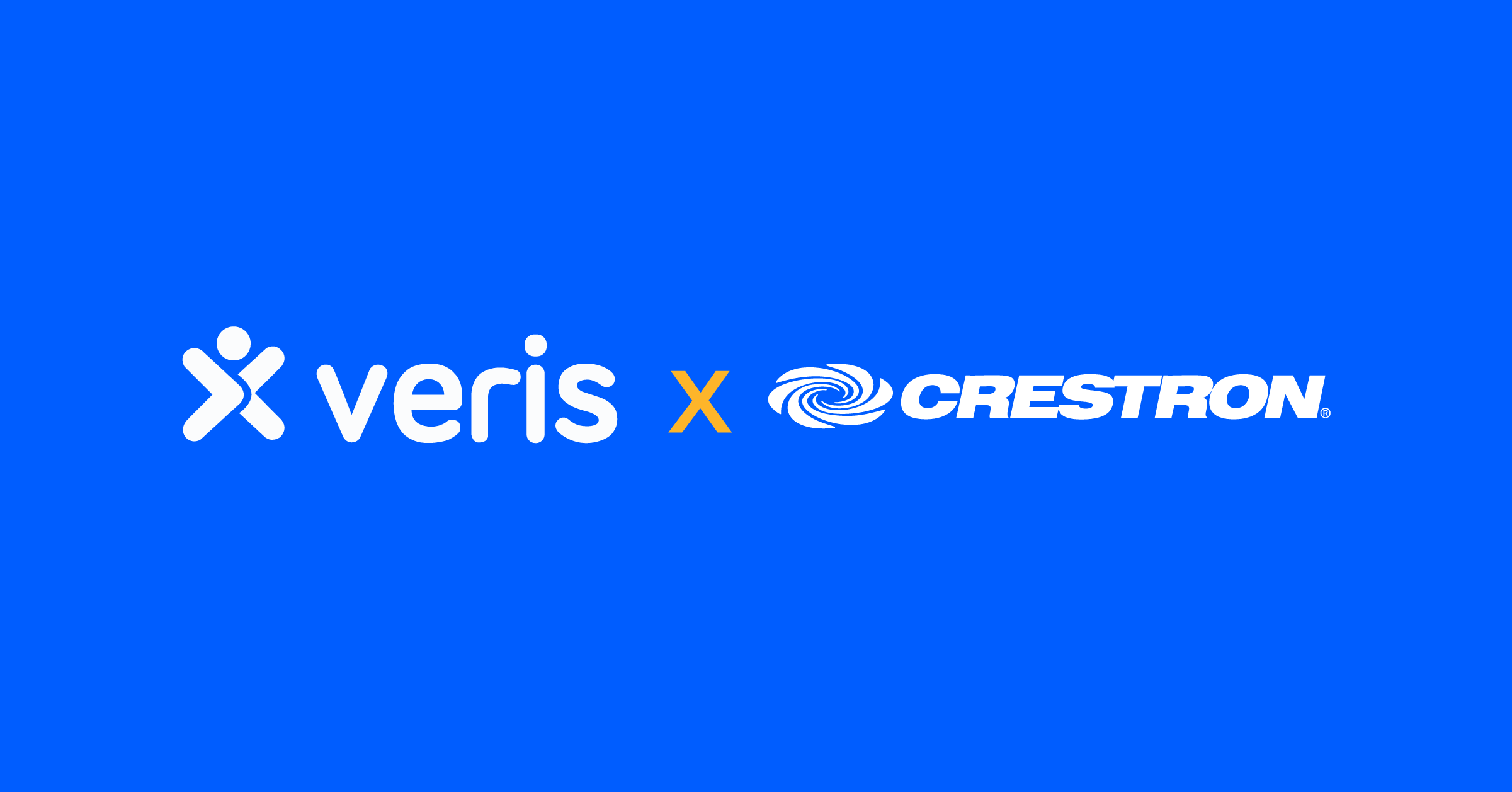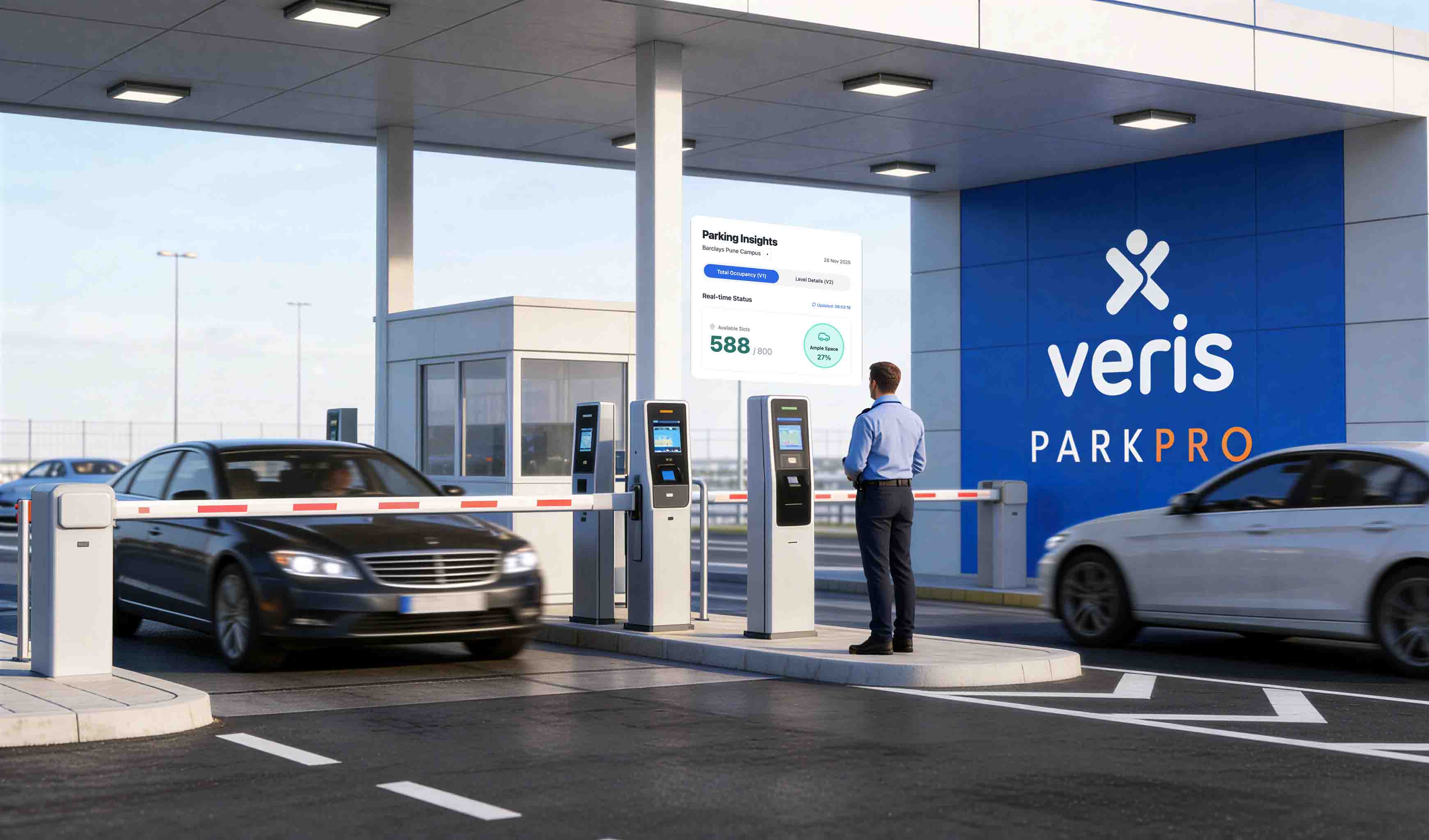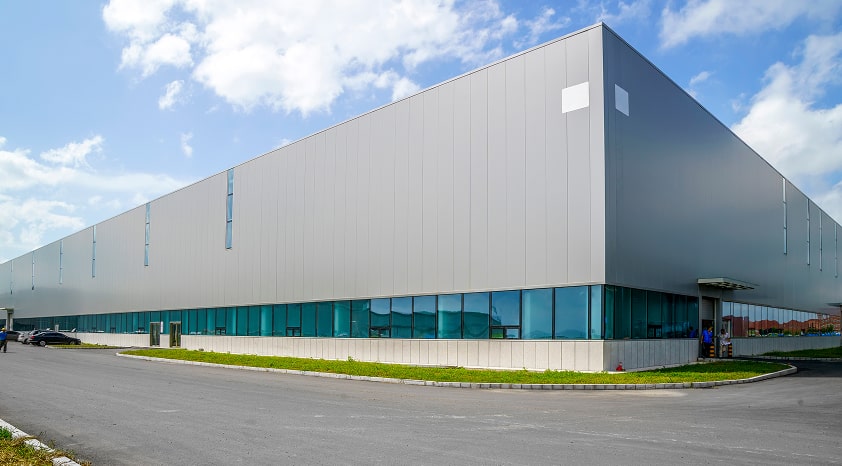In today’s world, security is a top priority for any property, especially multi-tenant buildings and commercial spaces. With multiple people coming and going, it’s crucial to have a system that not only ensures safety but also provides convenience. Door access control systems become essential here. These systems can streamline entry management, reduce risks, and provide detailed tracking of who enters and exits the building.
The blog explores all you need to know about door access control systems, particularly their benefits for multi-tenant buildings and commercial properties. No matter if you're a property manager, facility manager, or business owner this guide will help you understand how these systems can improve security and ease management.
What is a door access control system?
A door access control system is an electronic security solution designed to regulate who can enter specific areas of a building. These systems replace traditional keys with more advanced technology such as keycards, key fobs, mobile apps, or biometric scans. By using these digital credentials, you can grant or restrict access to different individuals based on their roles or permissions.
There are various types of access control systems, each suited for different needs. Key examples include:
.avif)
1. Keycard and key fob systems
Keycards and fobs are widely used in multi-tenant buildings and commercial spaces. Users simply swipe or tap their cards or fobs against a reader to unlock the door. These systems are easy to use and manage, but they may require frequent replacement if keycards are lost or stolen.
2. Biometric systems
Biometric systems provide an extra layer of security by using unique physical characteristics like fingerprints, facial recognition, or iris scans to grant access. While more expensive than keycard systems, biometric access control ensures only authorized individuals can enter, and there’s no risk of lost credentials.
3. Mobile-based systems
With mobile-based systems, users can unlock doors using a smartphone app. This method offers a high level of convenience, especially in multi-tenant and commercial buildings where people frequently carry smartphones.
4. PIN code systems
This system wants users to enter a unique code on a keypad to unlock the door. While simple and cost-effective, they may not provide as much security as other options since codes can be shared or stolen.
Why door access control is essential for multi-tenant and commercial spaces
1. Enhanced security
Access control systems enhance building security by restricting people to enter specific areas. In multi-tenant buildings, this helps prevent unauthorized individuals from gaining access to private spaces or offices. Commercial spaces can use these systems to secure sensitive areas such as data centers or executive offices.
2. Easy management
For property managers and administrators, handling physical keys for multiple tenants or employees can be a nightmare. Access control systems allow managing entry permission digitally. You can quickly add or revoke access, saving time and reducing the risk of security breaches.
3. Increased convenience
Tenants and employees benefit from the convenience of not needing to carry traditional keys. Whether it’s a keycard, fob, or smartphone app, they can easily access the building without fumbling for a key. Biometric systems offer an even smoother experience, allowing entry with just a fingerprint or face scan.
4. Detailed activity tracking
One of the key features of modern access control systems is the ability to track who enters and exits the building. This is especially useful in case of a security breach, as you can quickly identify who was present at the time. It also helps ensure compliance with safety regulations, as it provides detailed logs of entry and exit times.
Key features to look for in access control system
1. Scalability
Ensure the system is scalable to accommodate the growth of your building or business. As you add more tenants or employees, you’ll need a system that can easily accommodate them.
2. Integration capabilities
For commercial spaces, it’s often necessary to integrate the access control system with other security systems, such as surveillance cameras or alarm systems. Keep in mind that the system you choose has powerful integration capabilities.

3. Remote access management
Many modern access control systems allow administrators to manage entry rights remotely. This is particularly useful in multi-tenant buildings where property managers may not be on-site all the time.
4. User-friendly interface
The system should be easy for both tenants and managers to use. Look for systems that offer intuitive interfaces and apps that streamline access management and troubleshooting.
Ready to enhance security in your building?
Whether you manage a multi-tenant building or a commercial space, a reliable door access control system can provide the protection and convenience you need.
Contact us today to find the perfect solution for your property and get a custom quote that fits your security needs!





































.avif)
.avif)





